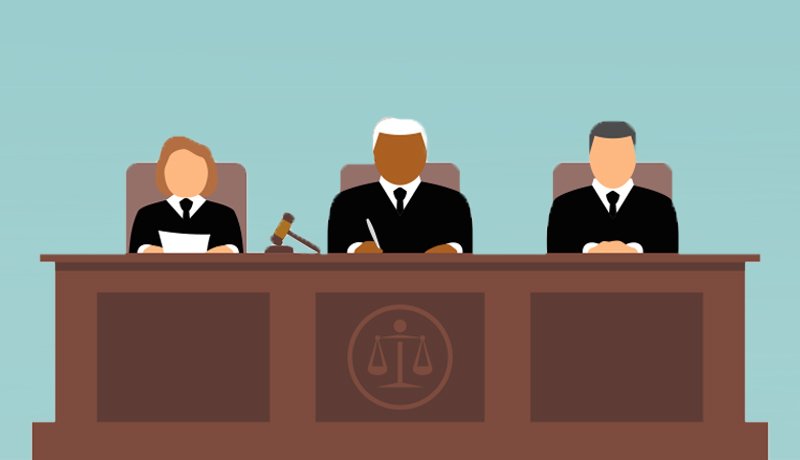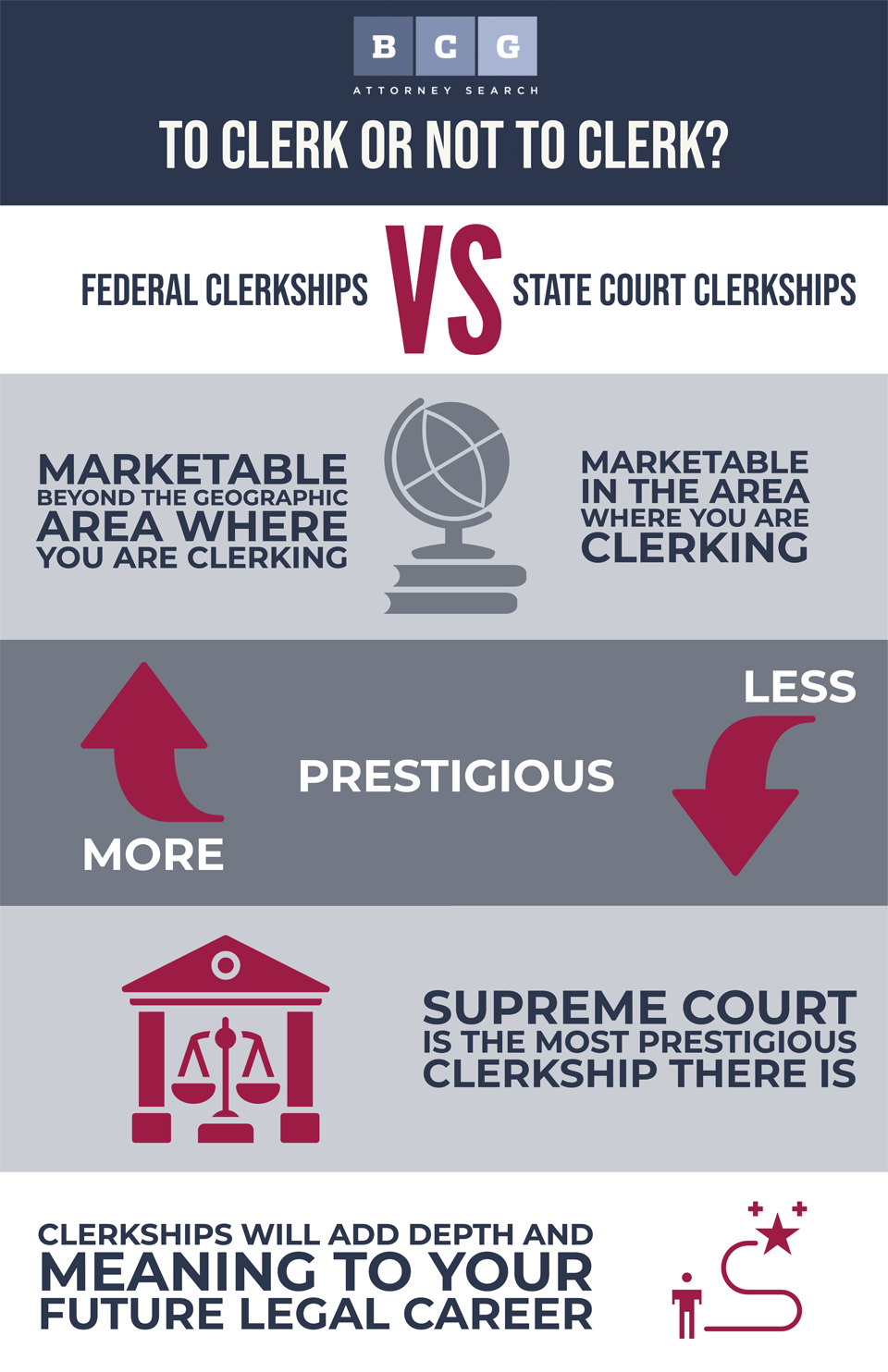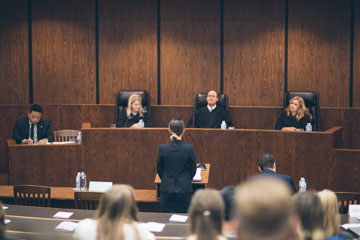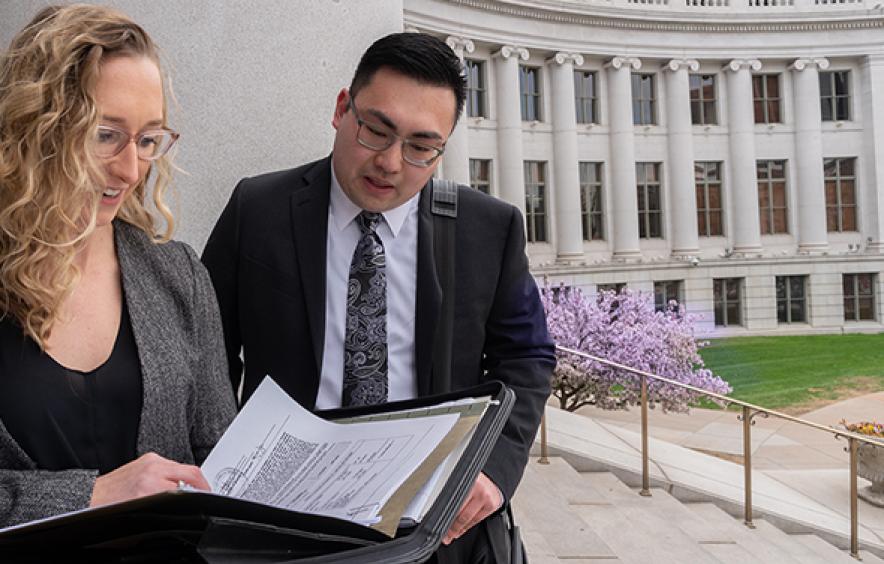Supreme Info About How To Get A Judicial Clerkship

What are the benefits of a judicial clerkship?
How to get a judicial clerkship. If you start thinking about the clerkship application process early in your law school career, you can make choices that help to shape your future. A judicial clerkship is a one to two year assignment where you are the clerk (essentially research assistant) for a particular judge. For information on judicial clerkships and how to apply visit the online system for clerkship application and review (oscar) (oscar.uscourts.gov ), which simplifies the law clerk application.
For each judge to whom you apply, you will need to: Commit to pay the annual participation fee for the next three years; Assemble a resume, cover letter, reference list, writing sample, transcript, and a law school grading policy.
With most lasting one to two years, a judicial clerkship provides a wonderful way to bridge the gap of the theory learned in law school and the reality of practicing. Membership in the aba judicial clerkship program will require the selected law schools to: It's been a long, long time since i was a law student, but when i was it was pretty much believed that one less.
A judge may require a law clerk to have passed the bar exam, but generally, a law clerk is not “practicing” and, thus, does not have to be a licensed. A law clerk is often a recent graduate. Some judges are now hiring law.
Below are the top 10 ways not to get a judicial clerkship and. Also your college needs to be on the “approved list” by the sc registry. You identify judges you’re interesting in working for;
On its face, the federal judicial clerkship application process is relatively straightforward: You send each one an application consisting of. As a judicial clerk, one is required to conduct research, write bench memoranda, draft documents, etc.
















